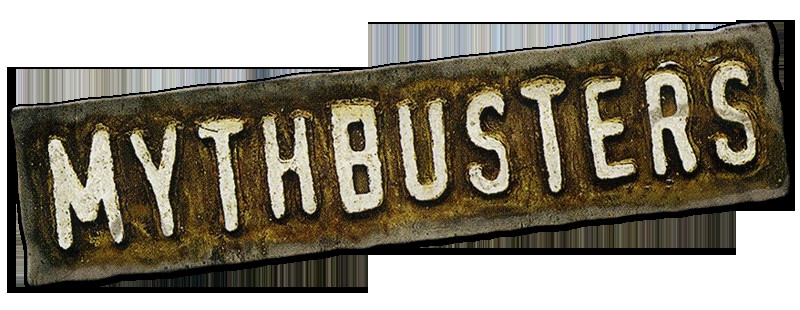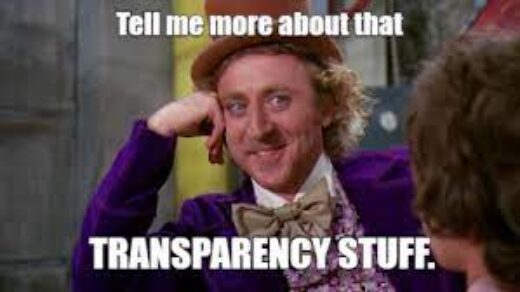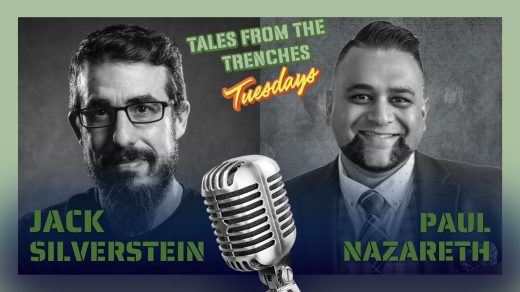
Mr. X has money. I’m sure he will support our cause.

As was mentioned in Part 1d of this series (March 10, 2017), the term prospect is just one of the three pillars that a good Major Gift/Campaign is comprised of. (The others being case and leadership.)
I contend that most organizations have enough prospects in their database — we all know where the larger donors are. The issue of raising funds isn’t a need for new prospects. It is more likely an issue of not moving the prospects that you do have through a moves management system. Go have coffee with them. Do the legwork. So many resources are invested in researching prospects — nothing beats research and databases like cultivation!
So, what makes a good Major Gift prospect? Well, there are numerous schools of thought, but they boil down to the following four “C” categories (in order of importance):
- COMMITMENT — is the prospect a current donor? Remember the adage that it is better to keep a customer than acquire a new one? The same theory holds true here. Does the prospect have a history of supporting your organization? A good fundraiser can capitalize on commitment, but cannot create commitment out of thin air. This is where your database is truly useful — look up the past volunteers, board members, committee members, donors over $X or donors who have contributed for Y years or more.
- CAPACITY — it is great to have a prospect interested in supporting your organization. If they don’t have capacity, then it is a relatively short discussion. Conversely, just because someone does have capacity does not mean that they will support your organization. Those with capacity are being asked more and more to support many different causes. This is probably the most uncomfortable “C” to identify (in our society, it is still frowned upon to talk about people’s financial means). In many cases though, the discomfort is because the canvasser is uncomfortable with their own gift and may have unease about asking someone else to stretch when they themselves haven’t made a stretch gift.
- CONTACT — Who is the best person to contact the prospect? The best person is someone the prospect knows, respects, likes, and trusts. This is an essential concept, one that goes well beyond cold calling or even the assignment of names. This is where the concept of a well-heeled board/committee comes into play. How many of us would invest in a charity because someone we know well has asked us to help them out? (I contend almost everyone who is reading this article.)
- CHARITABLE BY NATURE — this is one that is pretty easy to identify. In any city that I have been in, there is a group of dedicated philanthropists who donate the lion’s share of campaign dollars. (See my article published March 31, 2017, about the 80/20 rule for more.) It is rare that we see a large gift come from an unheard-of donor (rare, but not impossible — I have had the great pleasure of seeing some of these unsung heroes truly make a difference in the community). On the other hand, convincing a prospect about the values and benefits of philanthropy is quite a task. There are many prospects around who definitely have the capacity and are well-known, but choose to stay on the sidelines when it comes to philanthropy. I have found in my experiences that it is easier to be added to the list of charities that Mrs. Y supports than to convince Mrs. Y to support a charity in the first place.
We’ve passed the half-way mark of the Top 10!!! Stay tuned for the next installment — Myth #6 coming next week.
L’chaim! (and by the way, another good “C” is Cardhu — a nice single malt from the Speyside region — one of my “go-to”s)
jack




